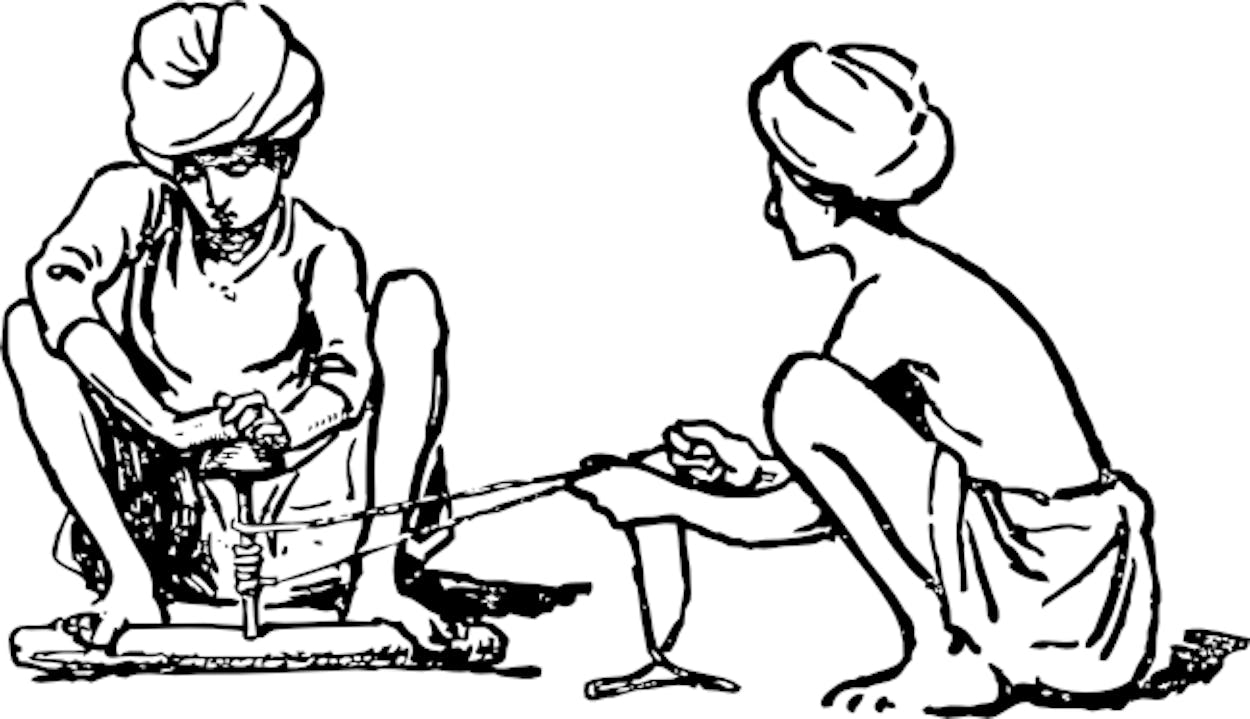So, you call yourself a barbecue traditionalist. You eschew modern innovations in the world of barbecue, like using charcoal to start your fires, and you certainly don’t believe there’s any room on American menus for “nouveau” barbecue, whatever the hell that means. To you, good sir or madam, I commend your steadfast grip on the old ways and your desire to defend all-wood cooking. I too regularly defend the merits of “old barbecue,” and I prefer a naked slice of smoked brisket to one with garnishes and adornments. BUT. I also believe that there’s room for new methods and ideas in Texas barbecue. John Lewis, the pitmaster at la Barbecue in Austin agrees. This week he was quoted as saying “Cuisine’s been evolving since… forever…Why shouldn’t BBQ?” That simple quote caught some backlash, and this immediate Luddite response on Twitter:
RT @ribguy: @BBQsnob Damn We praise creativity in every other art form, why not BBQ? <~because BBQ by definition is about traditions
— John Shepard (@SirPorkaLot) November 11, 2013
Yes, the barbecue that we eat today does come from a long history of unwavering tradition. It has also been shaped by a whole series of meaningful inventions and processes. Below is a helpful (and admittedly incomplete) timeline of many of these American innovations. In your future arguments with me, or anyone else, I invite you to use this timeline to help establish where you’ve chosen to draw your own line of traditionalism. I suspect you’ll be somewhere in the middle – like the Amish in Pennsylvania that swear off modern conveniences like electricity and automobiles, but still use tractors…as long as they don’t have rubber tires. So which of these innovations is your rubber tire?
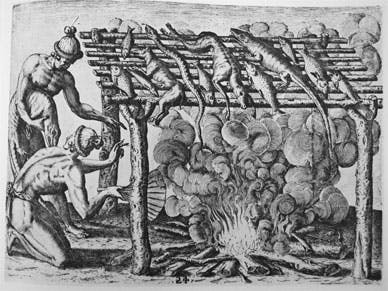
Pre-Columbian: Barbicu
This frame of sticks is not only the foundation of barbecue cookery in the Americas, but also provides the roots for the word “barbecue.” From engravings in the 1500s, we presume they were cooking fish and iguanas directly over an open fire built right on the flat ground. No pits, no pigs. If you’re going back this far, it’s likely for a reenactment, or you have too many nuisance saplings around your property and too much time on your hands.
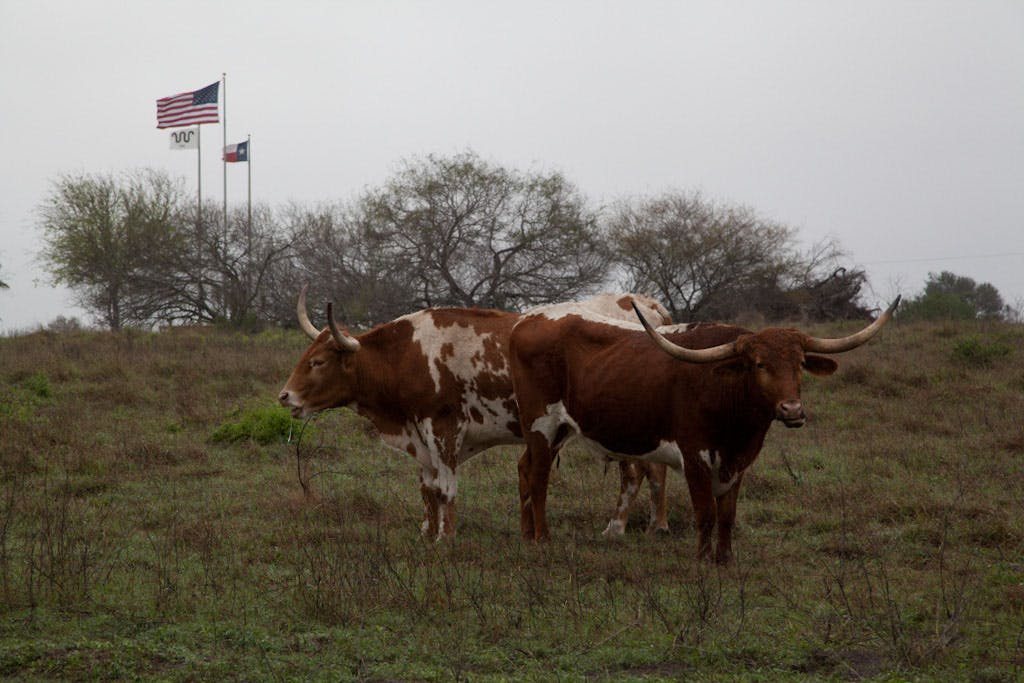
1521: Cattle
Cattle were brought over with Columbus on his second voyage in 1493, but they didn’t make it to the present day United States until Ponce de Leon brought them along for his expedition into Florida in 1521. I guess if you want real, traditional American barbecue that isn’t lizard or fish, then beef should be your choice.
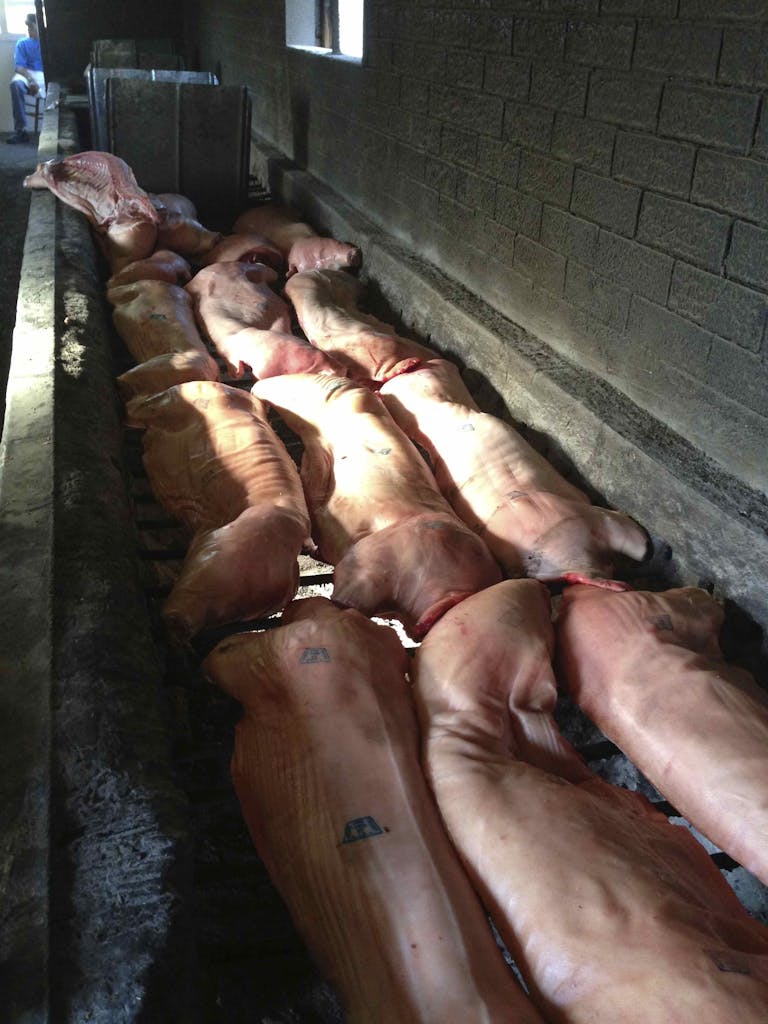
1539: Pigs
Like cattle, pigs were brought over by Columbus, but they didn’t make their way to the mainland until they were hauled in by explorer Hernando de Soto. Some of that small drove of pigs escaped and quickly multiplied. Their feral descendants are considered pests by most, but the farmed variety are often made into barbecue that’s almost as good as smoked brisket.

1700’s (presumably): Pit Cooking
This was the preferred cooking method for barbecue for a couple of centuries. Most every pre- and- post-Civil war photo of a barbecue included a rack of wood or metal spanning a trench for cooking the meat. Around the turn of the century is when barbecue restaurants started opening and using enclosed cookers and smokers. Digging a pit or a trench helped to contain the fire and to concentrate heat on the meat cooking above. A real pit can also mess up a pristine backyard, but that’s the price to pay if you don’t want one of those new-fangled enclosed smokers to ruin your traditional barbecue. This is still the way they did it at many community barbecues in Texas, but even they have gone to raising the cooking grates onto cinder blocks. Heretics.
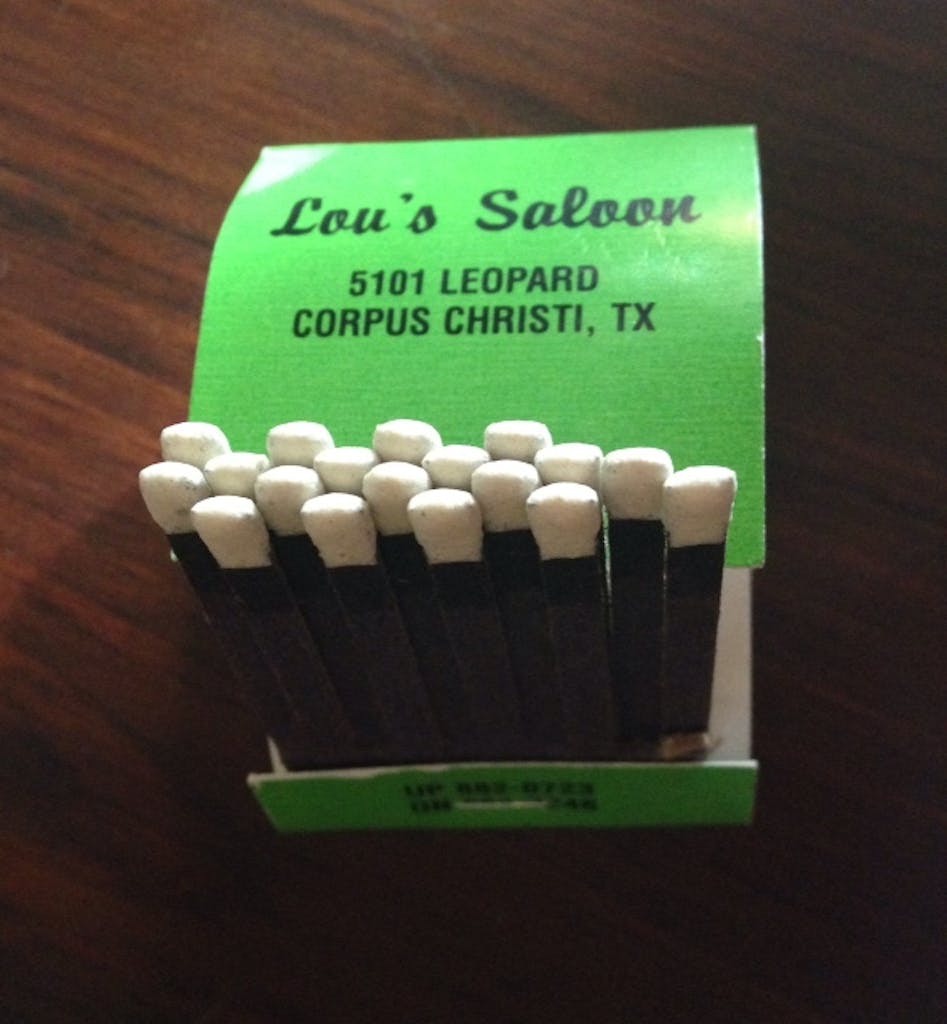
1827: Friction Matches
Lighting a fire got easier with matches that could be struck on a hard surface to ignite. Getting the wood started in your barbecue pit also got easier. If this is too innovative for you, then your dogma is stronger than most.
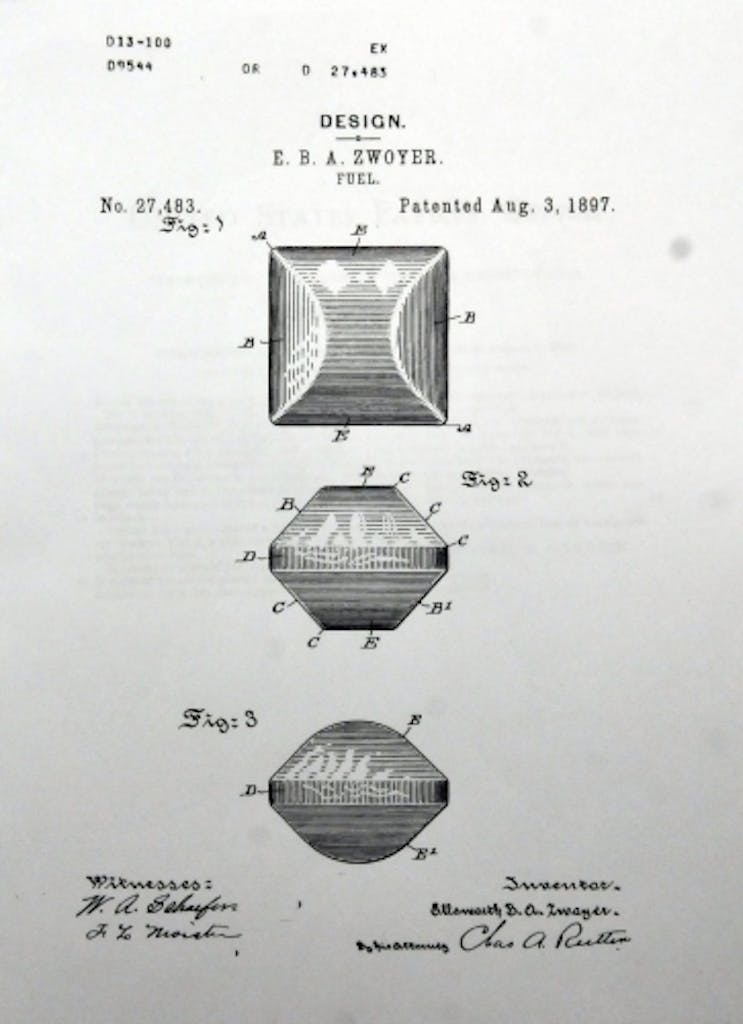
1897: Charcoal Briquettes
Charcoal has been around for centuries, but it was Ellsworth B. A. Zwoyer of Pennsylvania who first turned wood scraps into convenient charcoal. Henry Ford and Thomas Edison later brought it to a larger market in the twenties. Arguments about lump charcoal versus briquettes have raged on ever since. I use a few lit briquettes to start the wood fires in my smoker too.

Early 1900s: Enclosed Cookers
When barbecue was brought indoors by the restaurant (and meat market) industry, brick and cinder block cookers were built. Some were for direct heat, and others constructed as indirect smokers. Those who believe barbecue can only gain the proper flavor by being exposed to outdoor breezes and sluggish flies have never accepted this innovation.
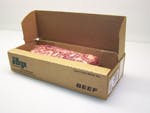
1960s: Boxed Beef
Brisket would not be king in Texas had it not been for boxed beef. IBP revolutionized the way beef made it to market by breaking down the animal in their own facilities and shipped them all in separate packages to meat markets and grocery stores. We would (or should?) still be cooking half carcasses of beef had the beef industry not found an easy way to send you individual cuts of beef. Prove your traditional streak and shun that cryovaced brisket at Kroger, but you’re going to need a truck to haul that half carcass home.

1968: Rotisserie Smoker
Herbert Oyler of Mesquite patented his enclosed rotisserie smoker which increased the capacity of a barbecue put like nothing before. J & R Manufacturing now fabricates these smokers and barbecue joints all over the country use them. Many of them produce delicious barbecue, but the moving parts and the fact that they needed a patent might deter a true traditionalist from eating anything that emerges from the meat-filled Ferris wheel inside.

1973: Gas-fired Rotisserie Smoker
Southern Pride took the perfectly good rotisserie smoker and added a gas line. Okay, not all barbecue innovations were necessary.
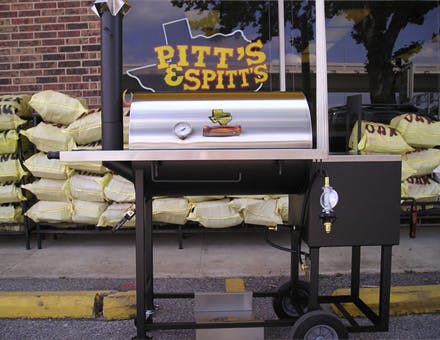
1973: Steel Offset Smokers
Both Pitts & Spitts in Houston and Lyfe Tyme in Uvalde started making smokers from oil well pipes that were laying around during the oil bust. Both companies moved over into doing barbecue pits full time in the early eighties, but the first version of their pits were developed in 1973. Until then a backyard smoker was a behemoth made of bricks. This is what made real barbecue more accessible to your everyday cook who didn’t have the resources to build a brick showpiece in the backyard. It also brought the idea of smoking meat via indirect heat to the masses rather than cooking (grilling) over direct heat. To this day some old time Texans will tell you that the smoked meat that comes out of these contraptions is not barbecue. They say it needs to be cooked over direct heat to gain that distinction. You’ll hear the same from those in the Carolinas too, so take that for what it’s worth. Ironically, this relatively recent innovation is the preferred cooking apparatus for most folks who label themselves barbecue traditionalists.

2010: iGrill
This device has two probe thermometers that measure the temperature of your meat while it cooks, and measures the temperature of the cooking chamber. Both readings are then sent to your phone or computer over a wi-fi network. It’s a non-traditional way to monitor your meat, but it doesn’t really affect the cooking process, other than helping to maintain a consistent smoker temperature. The real argument against it is that it eliminates the need to sit around your smoker and drink beer. And we all know that’s where real innovation starts.
2014 (possibly): Qbox
Getting fully funded via Kickstarter is the only way to see this electric smoker come to the market. It certainly isn’t the first electric smoker. Cookshack was started in the early sixties, but this version is fully automated and controllable via your cell phone. As the creators say, they want to provide “a way to make the same great food without having to babysit a grill or smoker all day.” They’re basically doing for barbecue what the crockpot did for braising, with the help of an app. A few traditionalists just passed out.
From this rather lengthy timeline it’s hard to make the argument that barbecue innovations come quickly. It is a cooking method tied to tradition, but it is yesterday’s innovations that become today’s traditions. If that’s unacceptable to you, then maybe you need to throw away that innovation called an offset smoker and dig a trench. Better yet, get to work lashing together that barbicu of green wood. You’ll need to find a source for iguanas and make sure to build that pile of kindling above ground. And whatever you do, don’t light it with a match.


